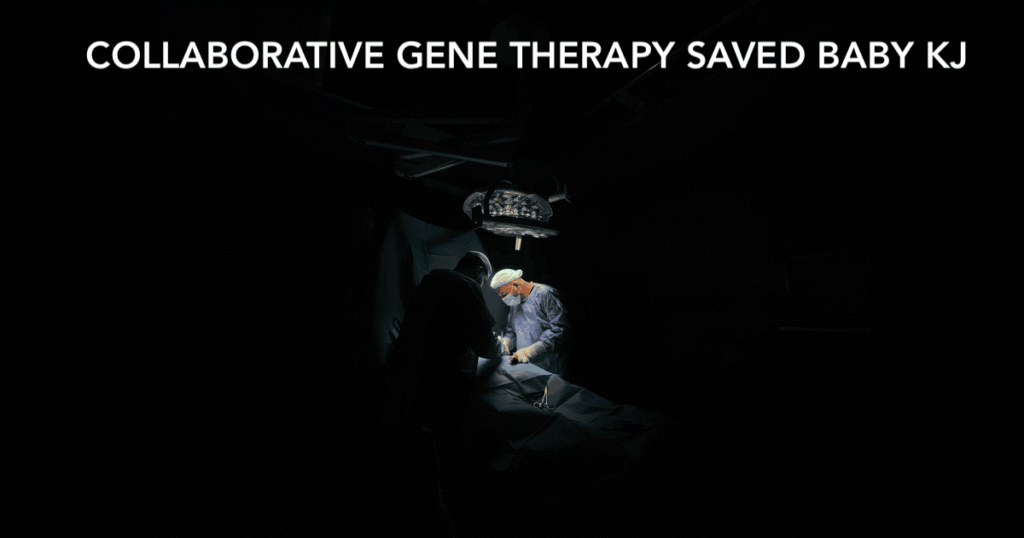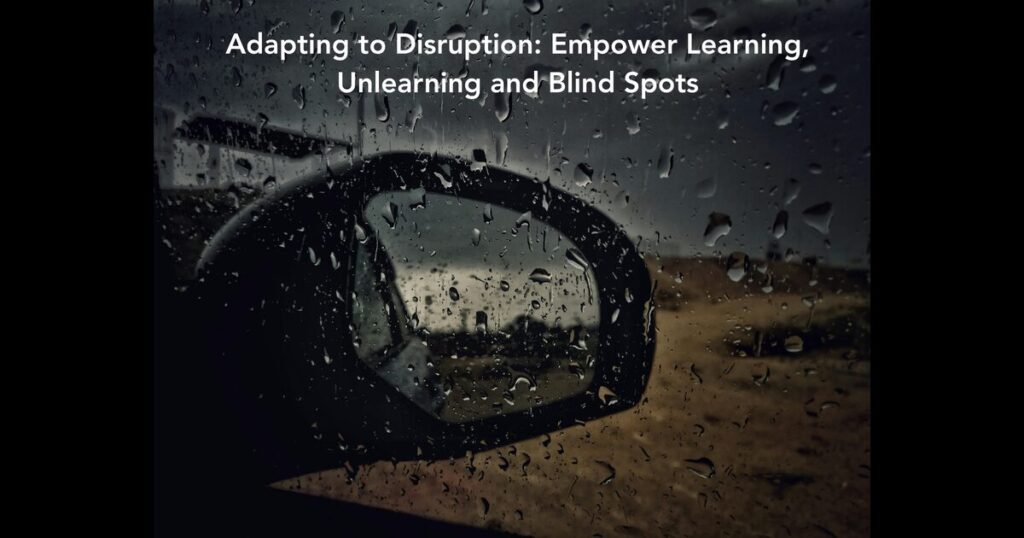It’s a question employers and employees are discussing around the world; what is work going to look like in the near future? Most business leaders agree that the task involves reinventing the workplace. However, broaching that subject will undoubtedly create angst for some. In the words of Margaret Atwood, “Better never means better for everyone… It always means worse, for some.” Reinventing the workplace will be one of the biggest and most important challenges of our time.
So much has changed since COVID-19 forced many employees to work from home. One of those changes, strangely enough, is that employees are got used to it. And now employees are being asked to change again.
Confession #1183 is a post I found on Instagram. UNI Confession is a forum for university/college students to share their thoughts, fears, criticisms and secrets about their academic experiences with fellow students. This anonymous post was written by a student who attends the University of British Columbia. Posted on June 1, 2021.
The student writes, “Is it just me who’s absolutely terrified of going back to in-person classes? I’ve gotten used to being lonely and don’t have a single friend. I don’t even know how to socialize anymore. Not to mention, how the %#! am I going to pass an exam that’s not open book?” (I made some editorial changes for corrections, abbreviations and vulgar words.)
Understanding Feelings
Put on your psychoanalyst’s hat. What do you see in this post? What is the student feeling and trying to process?
Let’s call the student, Daniel. He gives us a glimpse into what life is like as a virtual student. He describes the experience of isolation as something that he’s gotten used to. Even though his social skills atrophied from lack of use, he recognizes some of the benefits of virtual classroom. But his opening statement says it all. He’s terrified to go back to the classroom on campus, back to the way things were.
Similarly, employers and employees around the world are facing a host of feelings and challenges as they think about “heading back to the office” or reinventing the workplace. CBC’s Business Columnist Pete Evans writes, “while the pandemic is far from over, some workplaces are starting to tackle the tough questions of when and whether to come back into the office again — and what work life will look like for people, no matter where they do it.” Evans sums it up nicely. In the near future, what will work life look like? And how will employees react to reinventing the workplace?
Preparing Employees for Change
First of all, we need to make adjustments to some of the descriptions and assumptions about work. Unless a person was fired or lost their job, they are not going back to work; they have been working, just not at the office. During the Pandemic, work shifted to the only option available for many people- virtual work.
Secondly, we need to challenge and change the idea of “going back.” Unfortunately, this phrase can embed itself in our minds and tricks us into thinking that when this Pandemic is over, we will simply go back to the office, back to the way things were. Many employees will be shocked to find a different company, even a different culture than the one they left over 500 days ago. For employees who are returning to the office, prepare yourself for change. Prepare for a reinvented workplace.
Recently, I had an unnerving experience. I donned my mask and went shopping at one of my favourite stores, a bulk food retailer called The Bulk Barn. I was prepared for the usual questions and protocols for entering the store. But I was shocked when I opened the door. I walked into a completely different store: Bulk Barn had been renovated. The store was half the size that it was; The old storage bins were replaced with new ones, the aisles were reorganized and some of the products were eliminated. But worst of all, nothing had been done to prepare me for the changes.
I opened the door, took a step inside and immediately stopped. Immediately I turned and walked back out the door; Had I entered the wrong store? Upon seeing the sign “Bulk Barn”, I walked back inside. Tentatively moving through the aisles, I felt confused and disoriented.
Similarly, if employees are not prepared for change, many will feel confused and disoriented with this new approach to work. Recently, CBC News wrote an article about the future of work in Canada. They contacted dozens of business leaders from a wide variety of industries: tech start-ups, energy firms and financial giants. “One sentiment was echoed again and again: Things definitely won’t be exactly how they used to be.” For this reason, employees need to be prepared for more changes in the process of reinventing the workplace.
Many companies are planning on a variety of arrangements with their employees: For instance, Guy Cormier, CEO of the Montreal-based financial services giant Desjardins, said, “Many people will come back into the office full time, while some will stay at home permanently. Others will adopt the so-called hybrid model, where they switch between the two.” This means that for the employee who is looking forward to returning to the workplace, they will find that many of their friends will not be there in the office or on a limited basis. Whether an employee works in the office, at home or a hybrid, she/he needs to be prepared for change.
On the positive side, during this Pandemic many employees are finding benefits that they didn’t even know were possible. Now, rather than enduring long commutes, many employees are finding they have more time to enjoy life. Before the Pandemic it was a common assumption that work happened in the office. CIBC’s group head of people, Sandy Sharman, discovered that “The majority of our team can work from anywhere, be productive and do incredible work. But there are also things we do best in person and together. She concludes, “The future of how and where they work will blend the best of both worlds.”
Leadership Takeaway
The key leadership takeaway is this: Change will happen; prepare people for change. Before a change is implemented, talk with employees. Be as specific and clear as possible. Create an open dialogue with employees; talk about what the changes will look like, how things will be different and how this flexible approach will benefit the company and employees in reinventing the workplace.
For more information on reinventing the workplace, check out Mark DeVolder’s new book Perpetual Pivot: How the Best Leaders Adapt to Exponential Change. He provides valuable insights, answers and solutions about change, transition, leadership, engagement and teamwork.





